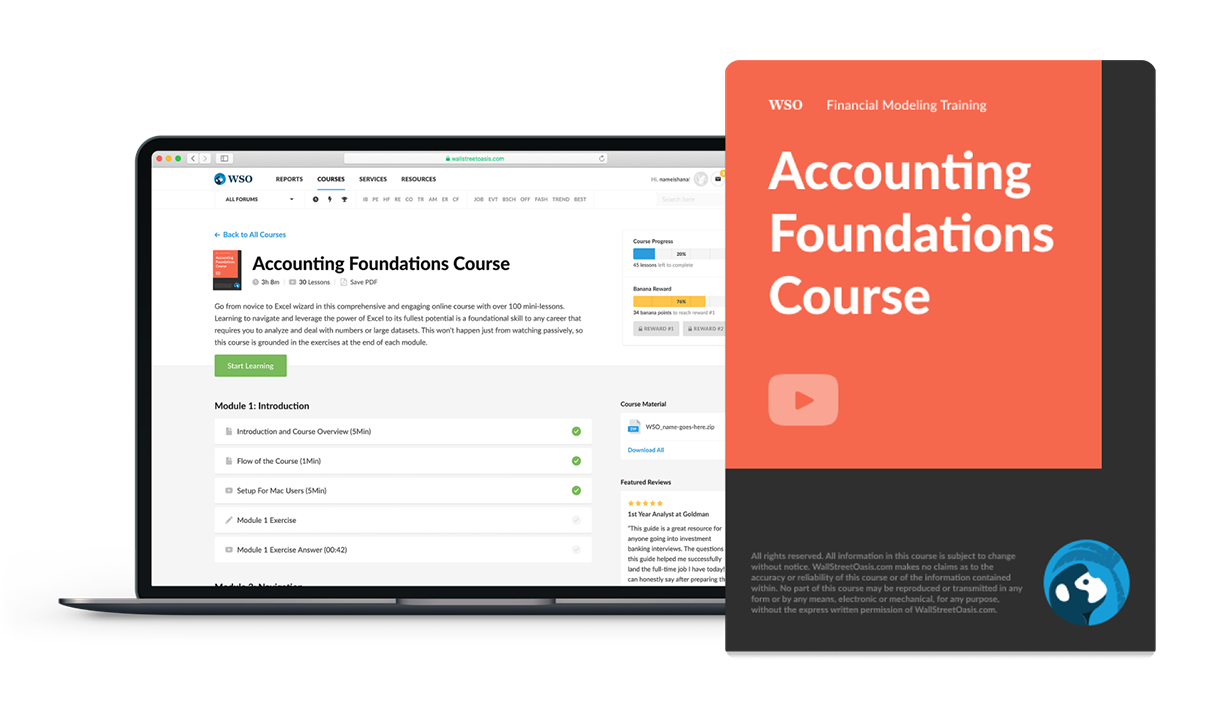Dormant Account
It refers to an account that has shown little to no activity over an extended period.
What is a Dormant Account?
A dormant account, in financial terms, refers to an account that has shown little to no activity over an extended period.
Typically, this inactivity occurs in the absence of transactions, deposits, or withdrawals for a specific duration. Identifying dormant accounts is a crucial first step in unlocking their untapped potential.
Understanding why accounts go dormant is crucial. Life events, oversight, or changing financial priorities are common reasons. For investors, recognizing the signals of dormancy can help them save time and effort in reviving their accounts and spending money on this.
Governed by financial institutions and regulatory bodies, dormant accounts are subject to specific rules and regulations. These guidelines dictate the criteria that transform an active account into a dormant one.
Key Takeaways
- A dormant account shows no signs of user activity over a period specified by the financial institution.
- Each state has a framework for classifying an account as dormant and thus can claim it.
- The owner can still revive dormant accounts by visiting the unclaimed property website of their state.
How a Dormant Account Works
Recognizing a dormant account involves scrutinizing its transaction history. Accounts with no financial movements for a prolonged period may trigger the dormant status. Common signs from owners to declare dormancy include:
- Zero Transactions: A consistent lack of deposits, withdrawals, or financial activity.
- Inactive Login: Absence of customer logins or online banking activities.
- Stale Contact Information: Outdated or unresponsive contact details associated with the account.
The dormant account periods vary among different states and financial institutions, ranging from six months to several years. Common triggers for states to declare dormancy include:
- No Transactions: A specific timeframe without any financial activity.
- Communication Failure: Unsuccessful attempts to contact the account holder.
- Unclaimed Funds: Presence of unclaimed funds without withdrawal requests.
As account dormancy regulations vary by state, account holders must be aware of the specific criteria and timeframes applicable in their jurisdiction.
This awareness aids account holders to take proactive measures to prevent their accounts from being classified as dormant and helps maintain a transparent and engaged relationship.
The Escheatment Process for Dormant Accounts
As banking services evolve, traditional accounts may face dormancy due to the migration of users to more technologically advanced platforms, leaving older accounts in a state of inactivity.
Governed by financial institutions and regulations, the transformation of an active account into a dormant one follows specific criteria and timeframes. This regulatory framework varies across jurisdictions, influencing the dormant status and subsequent actions.
Escheatment is the legal process mandated by state law through which dormant accounts, considered unclaimed property, are transferred to the state's custody.
This process aims to safeguard the rights of account holders while preventing financial institutions from holding unclaimed assets indefinitely.
Escheatment involves state intervention to ensure the fair treatment of unclaimed property. The state becomes the custodian of these assets, holding them until rightful owners come forward.
Financial institutions are generally obligated to report dormant accounts to relevant state authorities, providing details on the account information and the steps taken to locate the account holders, per jurisdictional requirements.
Treatment of Dormant Accounts
The process of reclaiming property from the state involves specific procedures that account holders must follow to regain control of their dormant assets. Each state may have distinct protocols emphasizing the importance of awareness and proactive engagement.
States maintain online platforms where individuals can search for and claim their unclaimed property. These websites often provide step-by-step guides on the reclaiming process.
To reclaim dormant assets, account holders typically need to verify their identity and provide relevant documentation proving their ownership of the account, following the specific guidelines set by the state and financial institution.
Timelines bind state processes, and account holders must adhere to specific deadlines to initiate the reclamation process successfully. Delays may result in additional complications or challenges in reclaiming the dormant assets.
Risks Associated with Dormant Accounts
While dormant accounts hold potential, investors must be aware of the risks. Fraudulent activities, compliance challenges, and the possibility of diminishing returns can occur.
- Regulatory compliance is important when dealing with dormant accounts, and it's essential to be aware of the specific rules and requirements applicable in the relevant jurisdiction.
- Effective due diligence is the cornerstone of success when reviving dormant accounts.
- Thoroughly researching account histories, understanding legal implications, and collaborating with financial institutions are essential steps in this journey.
There is a due diligence process to ensure the legitimacy of those claiming ownership of a dormant account; follow the guidelines in this Wikipedia article on reviving dormant accounts.
Recognizing dormant accounts as more than just forgotten assets opens doors to possibilities. The key lies in turning the dormant into a dynamic account to continue gaining any benefits of ownership, such as interest.
By staying informed, embracing due diligence, and understanding the regulatory landscape, investors can position themselves to capitalize on dormant accounts.
Dormant Account FAQs
Dormancy occurs when there is prolonged inactivity, change in account holder information, or unsuccessful attempts to communicate with the account holder.
Typically, six months to several years of inactivity.
In many cases, interest accrual on dormant accounts ceases, contributing to the financial dormancy of the account.

Everything You Need To Build Your Accounting Skills
To Help You Thrive in the Most Flexible Job in the World.



or Want to Sign up with your social account?